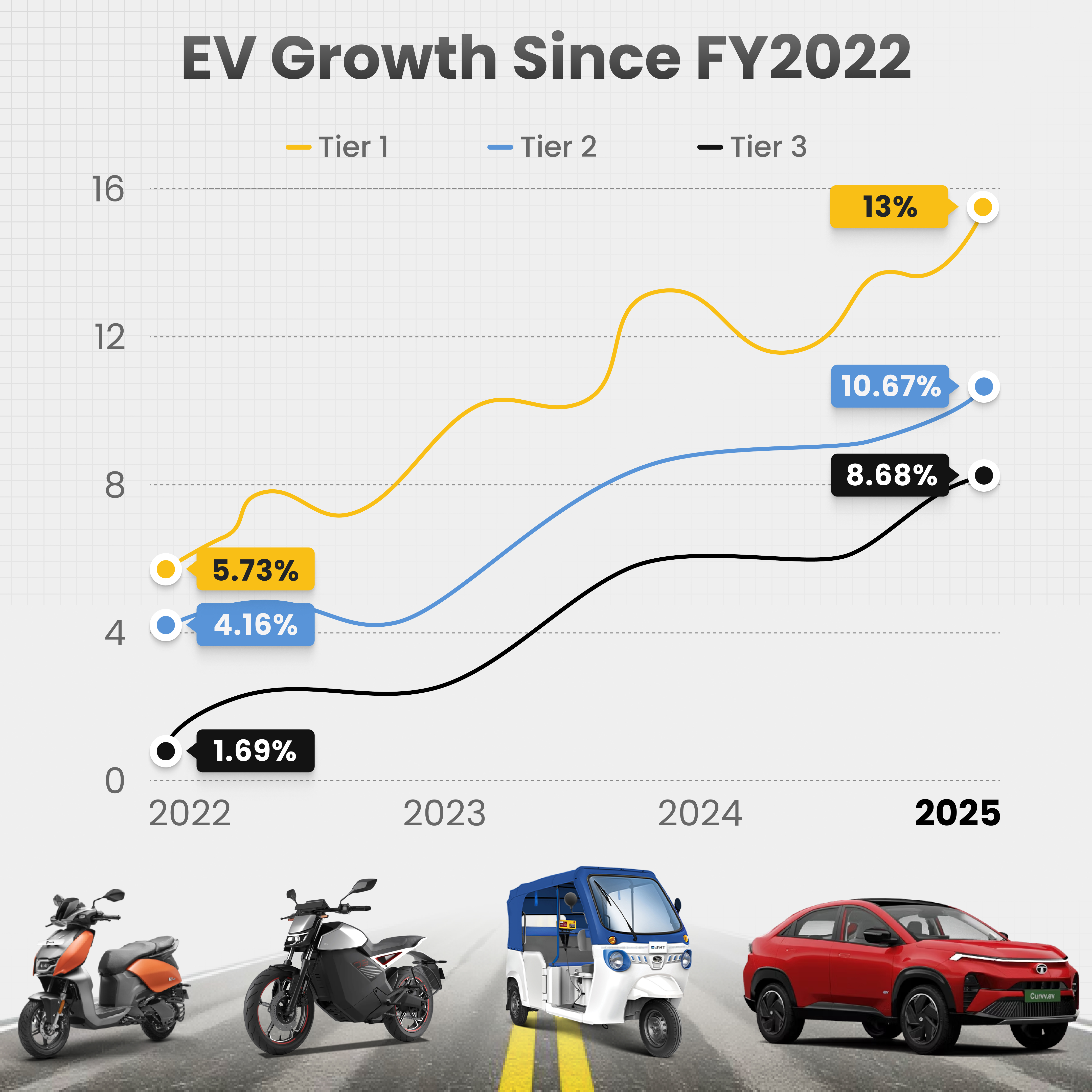Back
More like this
Recommendations from Medial
Sunderam Dutta
Best your best. • 11m
I have an idea of a grocery delivery service for tier 2, tier 3 cities. We know that tier 1 cities Big basket is dominating but in tier 2, tier 3 cities there is no big player, there is a market for value concious customers, we can create an online D
See More
Anonymous
Hey I am on Medial • 1y
<30 minutes diary products delivery in all tier-0 and tier-1 cities. The key differentiator from other quick commerce business is that we don't add any preservatives and it's more of directly from farm to warehouses and to customers. Diary products i
See MoreShashank
One step at a time, ... • 1y
Nowadays, quick commerce is booming, and many people in tier 1 cities use the services of quick commerce giants. However, recently, many people from tier 2 cities, and tier 1 cities where quick commerce giants haven't yet established a strong presenc
See More

Anonymous
Hey I am on Medial • 1y
The new generation's reluctance to bargain is impacting small businesses in tier 2 cities. Shop owners expect negotiation hence they inflate prices, but when customers don't, they feel overcharged or deceived, leading to lost trust and repeat busines
See MoreDownload the medial app to read full posts, comements and news.

































